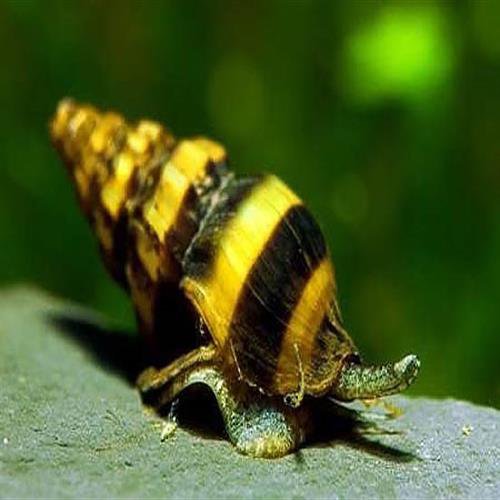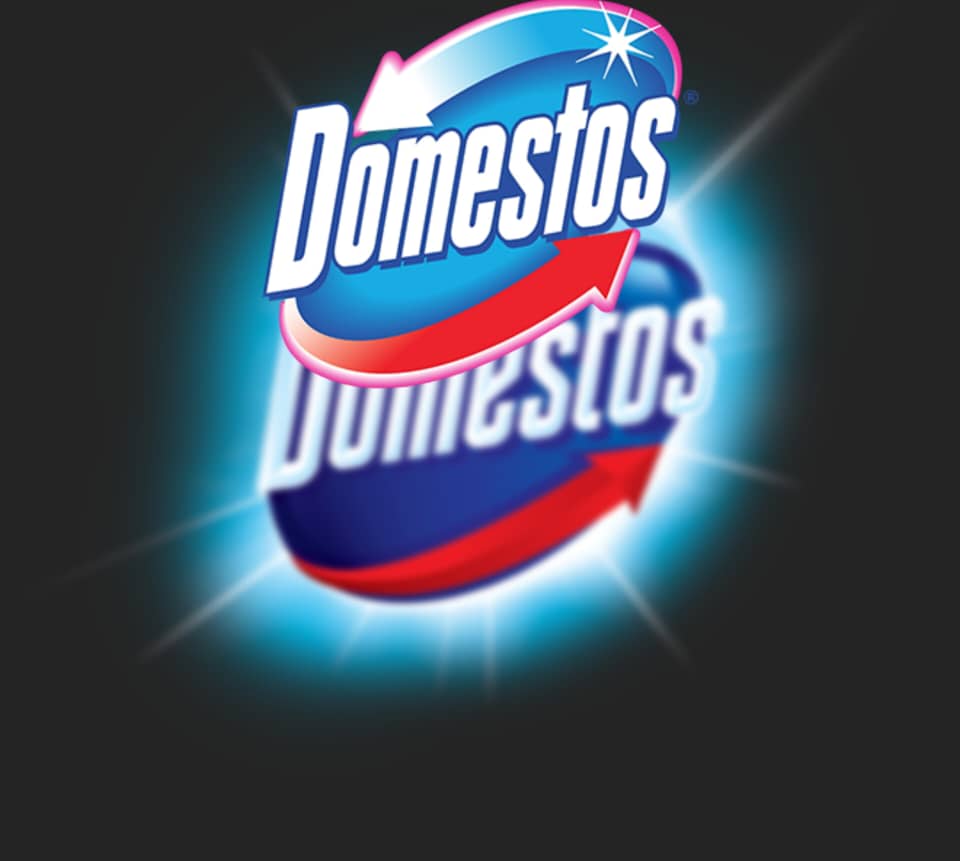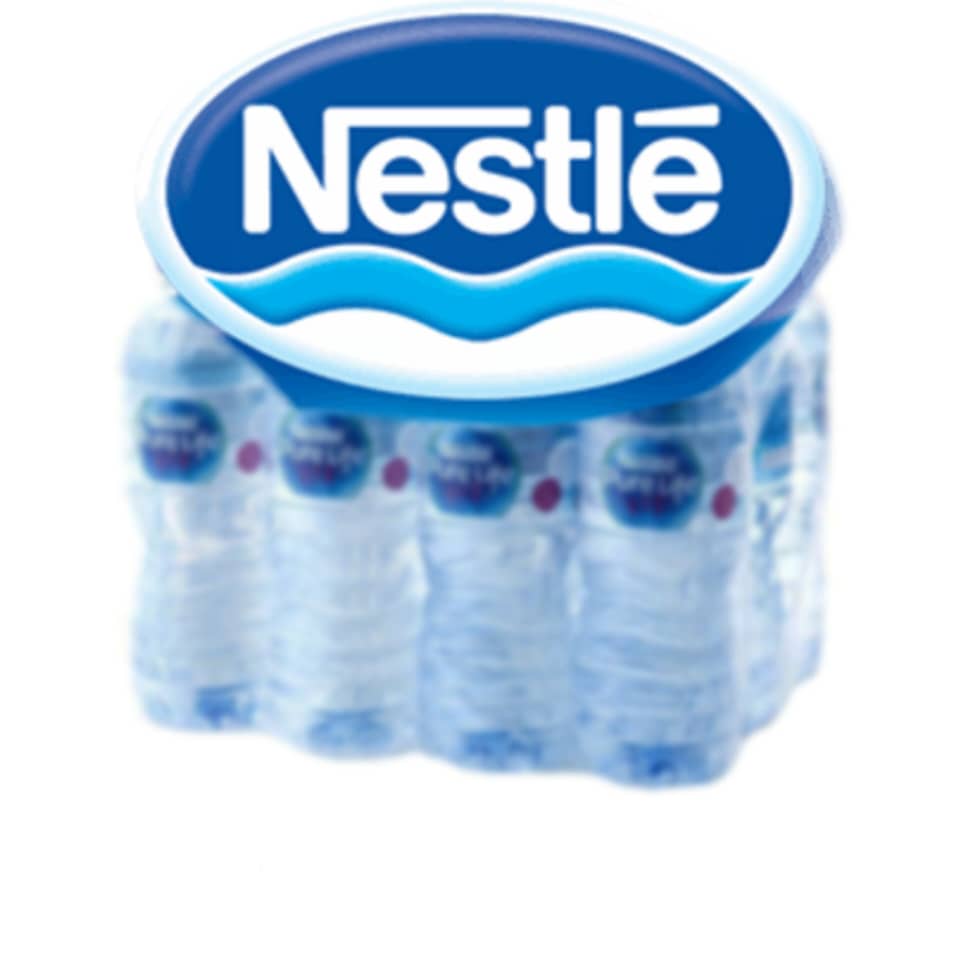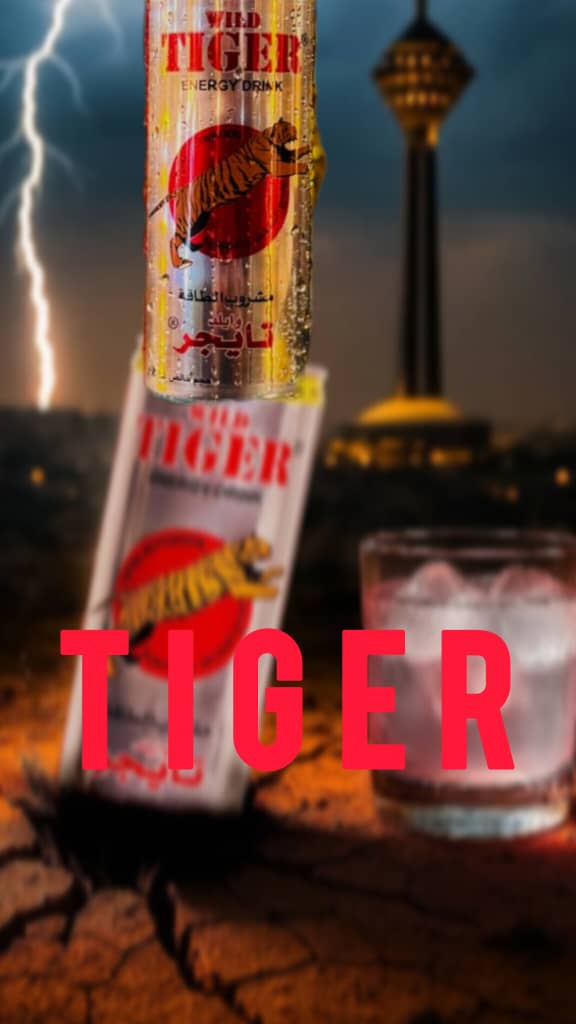
- Seen : 990 View
The killer snail, or bumblebee, is a tropical species with a wide distribution in Southeast Asia, found in Cambodia, Indonesia, Laos, and Malaysia, known by many other names, including Clea helena and Anentome Cleo. Their maximum length is about 30 mm; But they are usually smaller. Their long and yellow spiral shell with brown stripes has a conical shape, twists to the right side of the body for about 6-7 turns, and its end part is usually lost in older individuals. Axial grooves of the shell with deeper ridges at the narrow end of the shell gradually disappear towards its opening. The outer lip of the oval opening of the oyster has a ridge. Bee snails live 2 to 5 years.
Geographical distribution of the killer snail ▲
Living environment:
Little ecological information is available on this species in nature; But we know that they are found in a wide range of freshwater habitats, both turbulent habitats such as rivers and streams and still habitats such as ponds and lakes, and typically in places with soft substrates such as mud. In terms of water hardness, they are hardy and live well in established aquariums with proper water flow.
The places where the killer snail was collected had these characteristics:
Temperature: 30.5 to 31.6 degrees Celsius
Acidity (pH): 11.7 to 29.7
Electrical conductivity: 0.255 to 0.261 ms/cm
Total dissolved solids (TDS): 0.1475 to 0.1534 g/liter
They should be kept in aquariums with a volume of at least 19 liters. They tolerate pH up to 8 and temperature of 23 to 32 degrees Celsius. A total hardness of 8 to 15 degrees dH is acceptable for them.
Nutrition:
These snails usually feed on decaying proteins; But they are also predators of other snails and worms; Of course, if you overfill the aquarium and the leftover food accumulates in it, bee snails will prefer these leftovers to other snails. They will keep your aquarium free of ramshorn snails, pond snails and even giant Malaysian trumpet snails. When hunting, they pull them out of their shells. When snails are not available, the diet of killer snails can be supplemented with pellet foods. Therefore, additional feed is only needed if snails are not available.
Breeding:
These snails are not hermaphrodite (male and female sex organs in one person); So, their reproduction in the aquarium requires male and female sex, it is relatively difficult. During mating, the male snail sits on the back of a female, often larger than himself. After mating, if they are well fed, they will lay a string, and if they are not fed, they will lay only one egg. Eggs are laid underwater and often eaten by other aquarium inhabitants; Therefore, normally, their reproduction in the aquarium occurs very slowly.
Behavior:
This snail will be peaceful in front of its non-snail neighbors, as long as they are not predatory; But it eats any other snail it finds in its environment.
Saler Company Information










